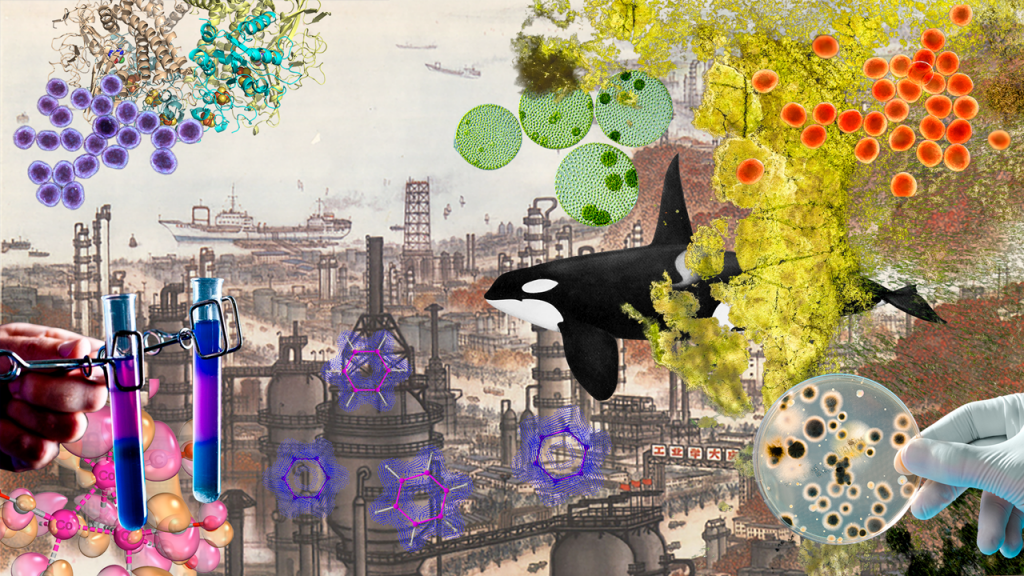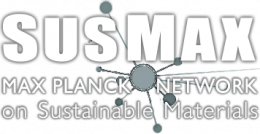A project of Dr. Benjamin Steininger (MPI of Geoanthropology)
About
CHEMIEWENDE represents the humanities and cultural theory in the SusMax network. The project places the current search for sustainable postfossil materials in the context of the (geo-)historical role of science-based materials for (so far fossil) modernity and Anthropocene from the 19th to the 21st century.
Persons
- Dr. Benjamin Steininger (MPI of Geoanthropology, Department Structural Changes of the Technosphere)
Project summary
Science-based matter, such as artificial building materials, fibres, fertilizers, plastics, ammunition, pharmaceuticals, has been driving the modern era and the Anthropocene since the 19th century. Modern planetary history – in its achievements and disasters – is rooted in modern molecular chemistry – so far mostly on a fossil resource base.
Technically produced materials play a pivotal role: Their production is embedded in multiple layers of a given (geo-)historical and cultural context. And their uses define the next levels and layers of the (geo-)anthropological condition. It takes insight into both the technological and historical processes to understand what new materials mean.
This also holds for actual initiatives such as SusMax towards sustainable materials and processes. Also these endeavors towards a ‘chemical transition’ (‘Chemiewende’) need to be interpreted against their respective (geo-)historical background – to both understand the socio-cultural impact of new materials and the roots of postfossil innovations in the petromodern prehistory of the field.
In this respect, the systemic interpretation of materials, their respective sciences and industries allows insight into not only technological but historical, epistemological, and philosophical questions.
With my project I connect the concrete material and chemical research in SusMax with the conceptual frameworks of Geoanthropology, Anthropocene research, and history of science and technology. Close cooperation with the chemical projects will further strengthen ‘chemical cultural theory’ withing the emerging field of Geoanthropology. And the technical practitioners in the network shall be provided with perspectives on the bigger picture they contribute to with their lab work.

